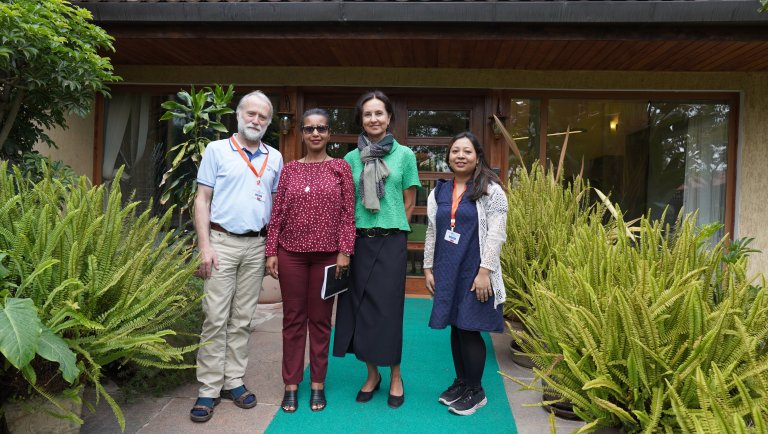
The overall aim of the project is to contribute to safe milk for improved food safety and nutrition, including animal and public health in Ethiopia. This will be achieved by empowering the local stakeholders and fostering economic viability. Team leader Edgar Brun and senior advisor, Mary Shrestha represented the Norwegian Veterinary Institute.
-As part of the launch, we organized a successful kick-off workshop with our partners and other local stakeholders. This visit paved a solid foundation for further collaboration, planning the work for 2025, and the overall project plan. It also gave us a more comprehensive overview of the One Health efforts and the antimicrobial resistance (AMR) situation in Ethiopia», says Brun.
.jpg)
The project is funded through an agreement between Norad and the Norwegian Veterinary Institute. Our main partner in the country is the Armauer Hansen Research Institute (AHRI), with key co-partners including the Animal Health Institute (AHI) and Addis Abeba University (AAU). AHRI has strong ties to Norway, as it was established in 1970 with significant contributions from the Norwegian physician and immunologist, Professor Morten Harboe, supported by donations from Save the Children in Norway and Sweden. Harboe also served as the institute’s first director. The institute is named after the Norwegian physician, Gerhard Henrik Armauer Hansen, who was the first to discover the leprosy bacteria in 1873.
.JPG)
The team from the Norwegian Veterinary Institute also met with representatives from the Royal Norwegian Embassy in Addis Abeba. They expressed strong interest in the project and the broader engagement to promote safe and sustainable food production in Ethiopia.

If you want to learn more about the project, please visit our website or download the fact sheet here.